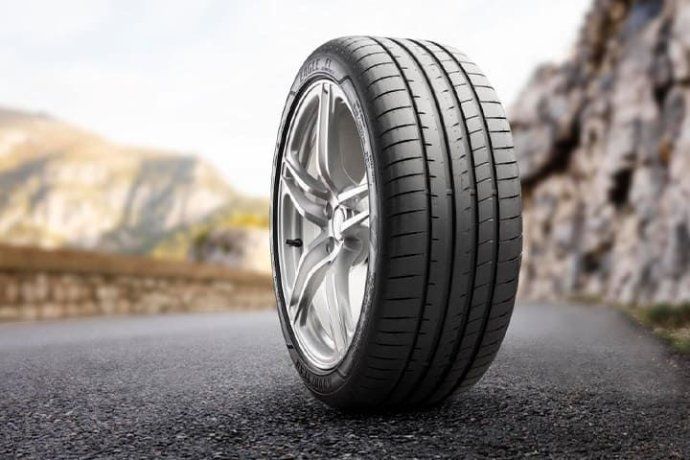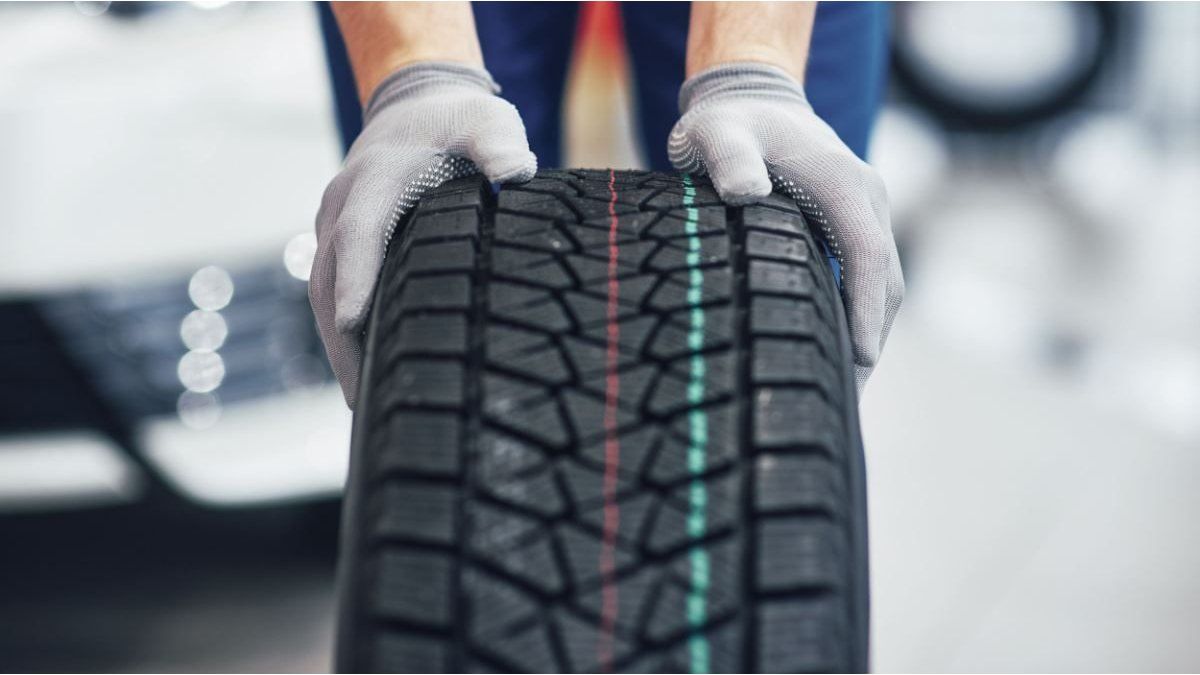Within the recommended controls (such as brakes, oil and coolant levels), the wheels occupy a central place, an appearance often overlooked.
Before starting a tour of highways or routesit is essential to review in detail the general status of the vehicle. This measure, although simple, fulfills a fundamental role: significantly reduces the risk of damage during the journey and reinforces the security of both the driver and the companions. A previous review allows you to anticipate possible problems and travel more peacefully.
The content you want to access is exclusive to subscribers.
Within the recommended controls (such as brakes, oil and coolant levels), the tires They occupy a central place, especially with regard to their pressurean appearance often overlooked.


Maintaining the correct pressure on tires is much more than a matter of performance. A well -inflated wheel ensures better traction, reduces fuel consumption and significantly decreases the risk of accidents. In addition, it allows uniform rubber wear, which prolongs its useful life and improves the performance of the road on the road.
Review of the tires before traveling: what is the ideal pressure to go to the route
It is important to note that there is no standard pressure for all vehicles. This varies according to the model, the type of tire and the manufacturer’s recommendations. As a general reference, A medium car usually requires between 32 and 33 psi (pounds per square inch), while in the SUVs this figure usually is around 34 psi. To know the exact value, the ideal is to consult the vehicle manual or check the labels located within the driver’s door or on the fuel tank cover.
pneumatic.jpg

It is important to note that there is no standard pressure for all vehicles. This varies according to the model, the type of tire and the manufacturer’s recommendations.
Apart from the pressure, there are other elements that must be reviewed carefully. One of them is the Depth of the drawing band, which should not be less than 1.6 mm, as established by the Argentine Club Automobile (ACA). This texture is key to a good grip, especially on wet surfaces. It is also essential to review the Pneumatic flanks in search of cracks, deformations or cuts, signs that could indicate wear or structural damage.
The aid wheel deserves the same attention: it must be in optimal conditions and with the proper pressure, since it can be crucial in an emergency situation.
In case of a puncture in full march, it is advisable to Avoid sudden movements, decrease speed gently, turn on the flashing lights and stop in a safe place, such as a wide bench. Only then should the wheel change.
Preparing the vehicle before leaving not only avoids setbacks, but guarantees a quieter and more safe trip for everyone.
Source: Ambito
I’m a recent graduate of the University of Missouri with a degree in journalism. I started working as a news reporter for 24 Hours World about two years ago, and I’ve been writing articles ever since. My main focus is automotive news, but I’ve also written about politics, lifestyle, and entertainment.




